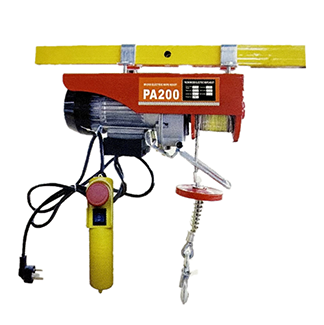


Understanding Fall Arrest Systems A Vital Safety Measure
In various industries, particularly construction, maintenance, and utilities, working at heights poses a significant risk. To mitigate these hazards, safety regulations often mandate the use of fall arrest systems. These systems are essential as they are designed to catch a person if they fall, preventing severe injury or death. Understanding the components, types, and proper usage of fall arrest systems is critical for ensuring worker safety.
A fall arrest system consists of three main components an anchor point, a body harness, and a connecting device. The anchor point is a secure structure capable of bearing the dynamic forces exerted during a fall. This could be a beam, a roof truss, or any stable structure that meets safety regulations. The body harness is worn by the worker and is designed to distribute the force of a fall across the body, significantly reducing the risk of injury. The connecting device, usually a lanyard or a retractable lifeline, links the harness to the anchor point, allowing freedom of movement while ensuring safety if a fall occurs.
There are different types of fall arrest systems, tailored to various work environments and height requirements
. The most commonly used systems include personal fall arrest systems (PFAS), which are designed for individual use; and traveling fall arrest systems, which offer mobility along a horizontal or sloped surface. PFAS are essential in situations where workers must operate at heights exceeding six feet, and they involve the use of harnesses and lanyards connected to anchor points.
To use a fall arrest system effectively, proper training and education are crucial. Workers must understand how to inspect, maintain, and properly wear their harnesses and connecting devices. Regular inspections ensure that all components are free from damage or wear, as defective equipment can lead to catastrophic consequences. Additionally, training should cover the proper installation of anchor points and the importance of choosing the right system for the specific work environment.
Moreover, fall arrest systems require adherence to established safety standards and regulations. Organizations such as the Occupational Safety and Health Administration (OSHA) in the United States provide guidelines that outline the necessary regulations for fall protection systems. Compliance with these regulations not only ensures worker safety but also protects employers from potential legal repercussions and financial liability.
In conclusion, fall arrest systems are a critical safety measure for anyone working at heights. By understanding the components, types, and safe practices associated with these systems, employers and workers can significantly reduce the risks associated with falls. Investing in proper training, equipment maintenance, and adherence to safety regulations fosters a culture of safety that protects workers and enhances overall productivity. Adopting a proactive approach to fall safety is not just a regulatory requirement but a moral obligation to ensure every worker returns home safely at the end of the day.



